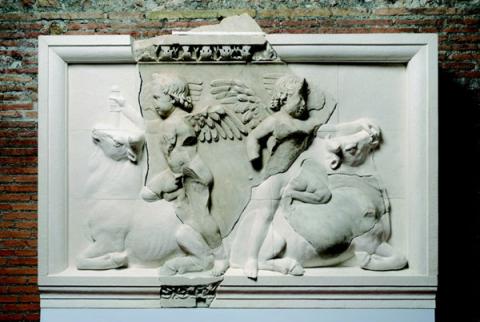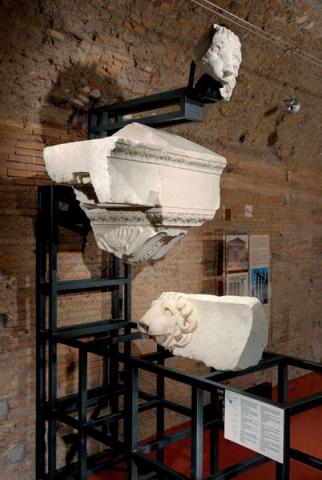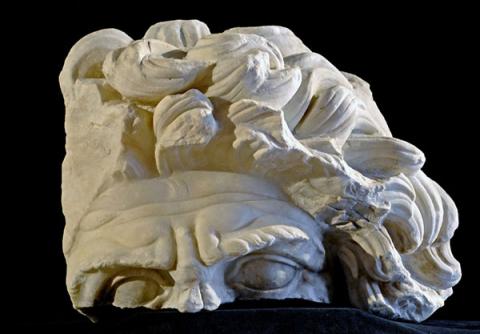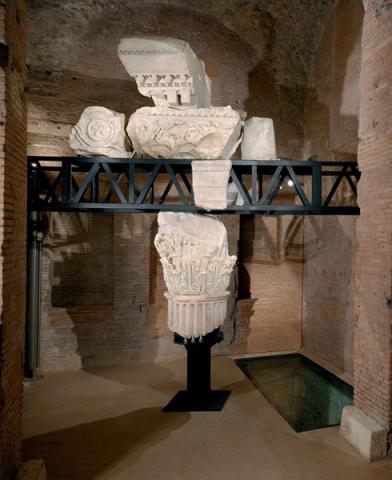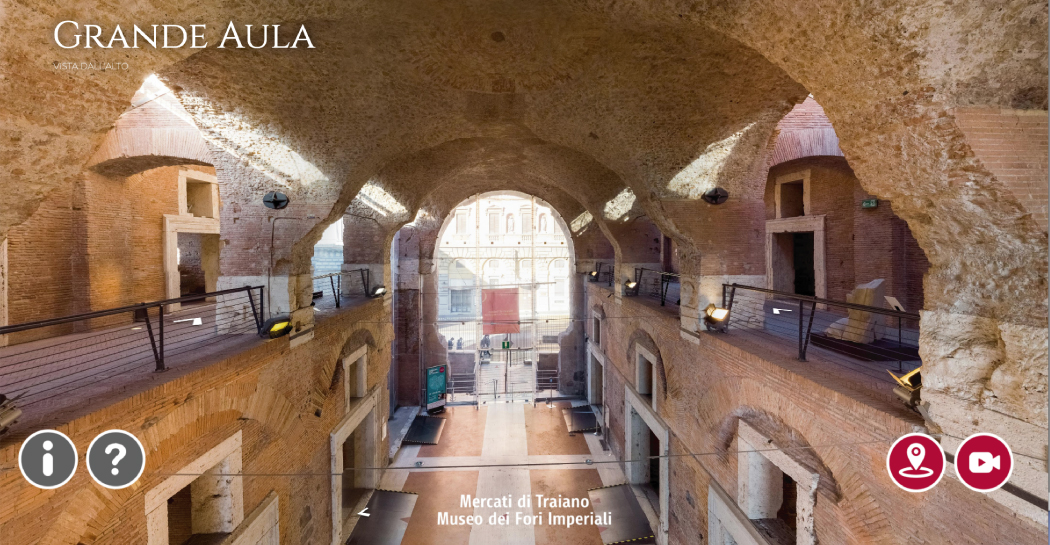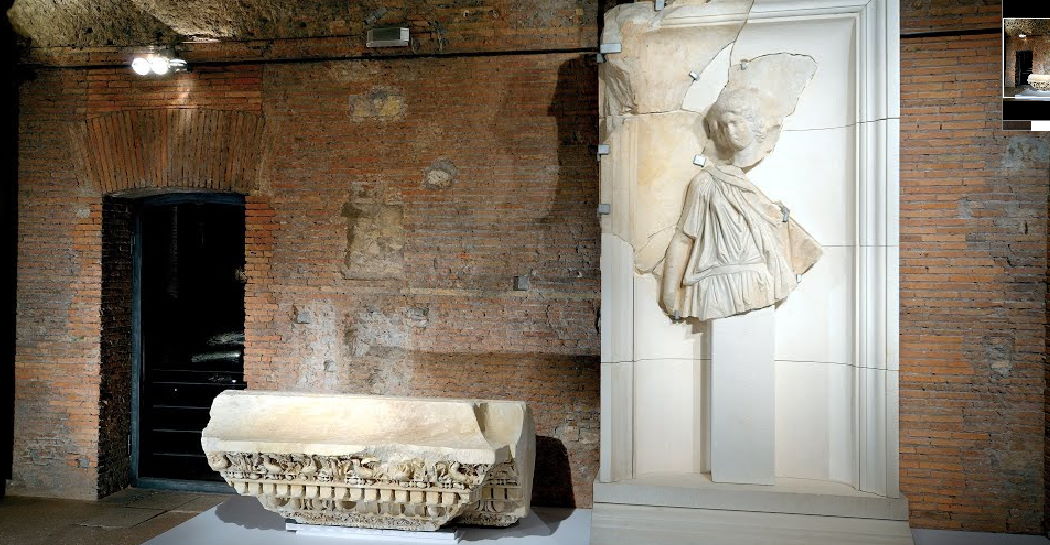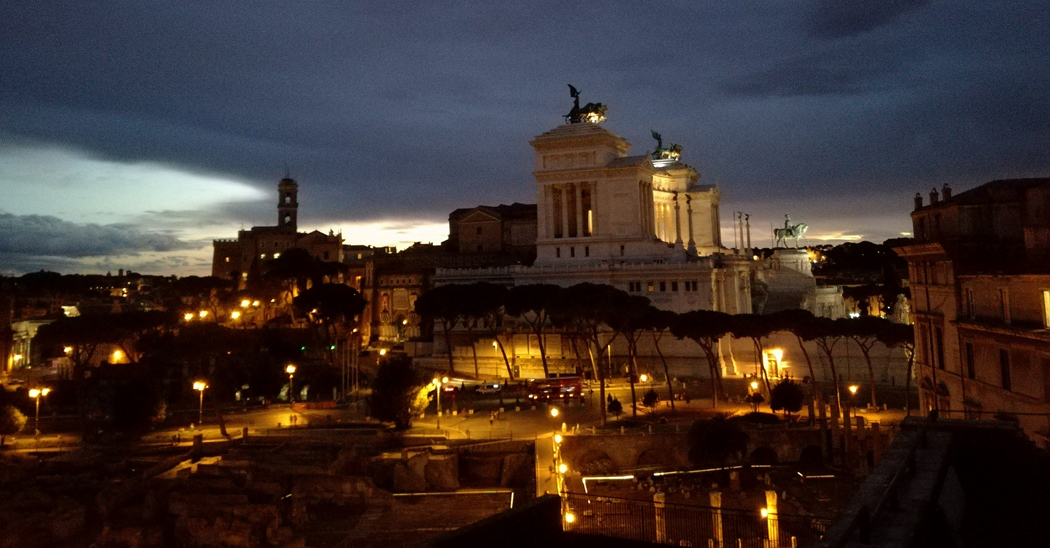Anti-seismic improvements
Studies made to measure the appropriateness of the museum’s structure with the monuments structure showed the necessity for conservational works and consolidations. The introduction of a new national seismic norm, made whilst works were in progress, resulted in the need for further research and the resulting mathematical model showed the possibility of the Great Hall’s collapse in the event of a seismic wave spreading in a north – south direction.
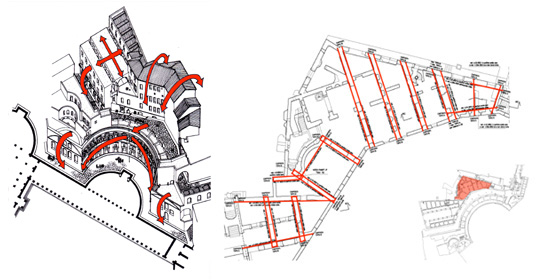
With the purpose of making the entire structure more solid it was thus necessary to fortify structures. This was achieved by works that anchor the vaults of the central space of the structure to the lateral areas and by the introduction of metal tie rods above the corridors of the first floor.
It is curious to note how modern tie rods carry out the same consolidating function as the small vaults built above the same corridor in the 16th century in the era of the Convent of Saint Catherine. These works thought only to have been done to carve out more living space, were probably the reason why the Great Hall managed to survive disastrous damage in the earthquake of 1703, which so damaged the Coliseum.
The Central Body was also the subject of consolidation works, where it was similarly necessary to further anchor structures in addition to works already completed in the 1930s. In both cases, when putting in the metal rods particular attention was paid to avoiding change in the profile of the monument on its main faces. The tie rods were inserted into the walls and the holes made were filled with salvaged materials.


























